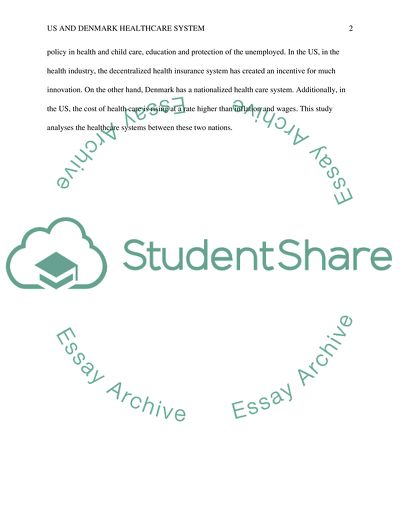Cite this document
(The US and Denmark Healthcare Systems Essay Example | Topics and Well Written Essays - 2501 words, n.d.)
The US and Denmark Healthcare Systems Essay Example | Topics and Well Written Essays - 2501 words. Retrieved from https://studentshare.org/health-sciences-medicine/1876327-contrast-and-comparison-of-us-healthcare-to-denmark-healthcare-system
The US and Denmark Healthcare Systems Essay Example | Topics and Well Written Essays - 2501 words. Retrieved from https://studentshare.org/health-sciences-medicine/1876327-contrast-and-comparison-of-us-healthcare-to-denmark-healthcare-system
(The US and Denmark Healthcare Systems Essay Example | Topics and Well Written Essays - 2501 Words)
The US and Denmark Healthcare Systems Essay Example | Topics and Well Written Essays - 2501 Words. https://studentshare.org/health-sciences-medicine/1876327-contrast-and-comparison-of-us-healthcare-to-denmark-healthcare-system.
The US and Denmark Healthcare Systems Essay Example | Topics and Well Written Essays - 2501 Words. https://studentshare.org/health-sciences-medicine/1876327-contrast-and-comparison-of-us-healthcare-to-denmark-healthcare-system.
“The US and Denmark Healthcare Systems Essay Example | Topics and Well Written Essays - 2501 Words”, n.d. https://studentshare.org/health-sciences-medicine/1876327-contrast-and-comparison-of-us-healthcare-to-denmark-healthcare-system.


